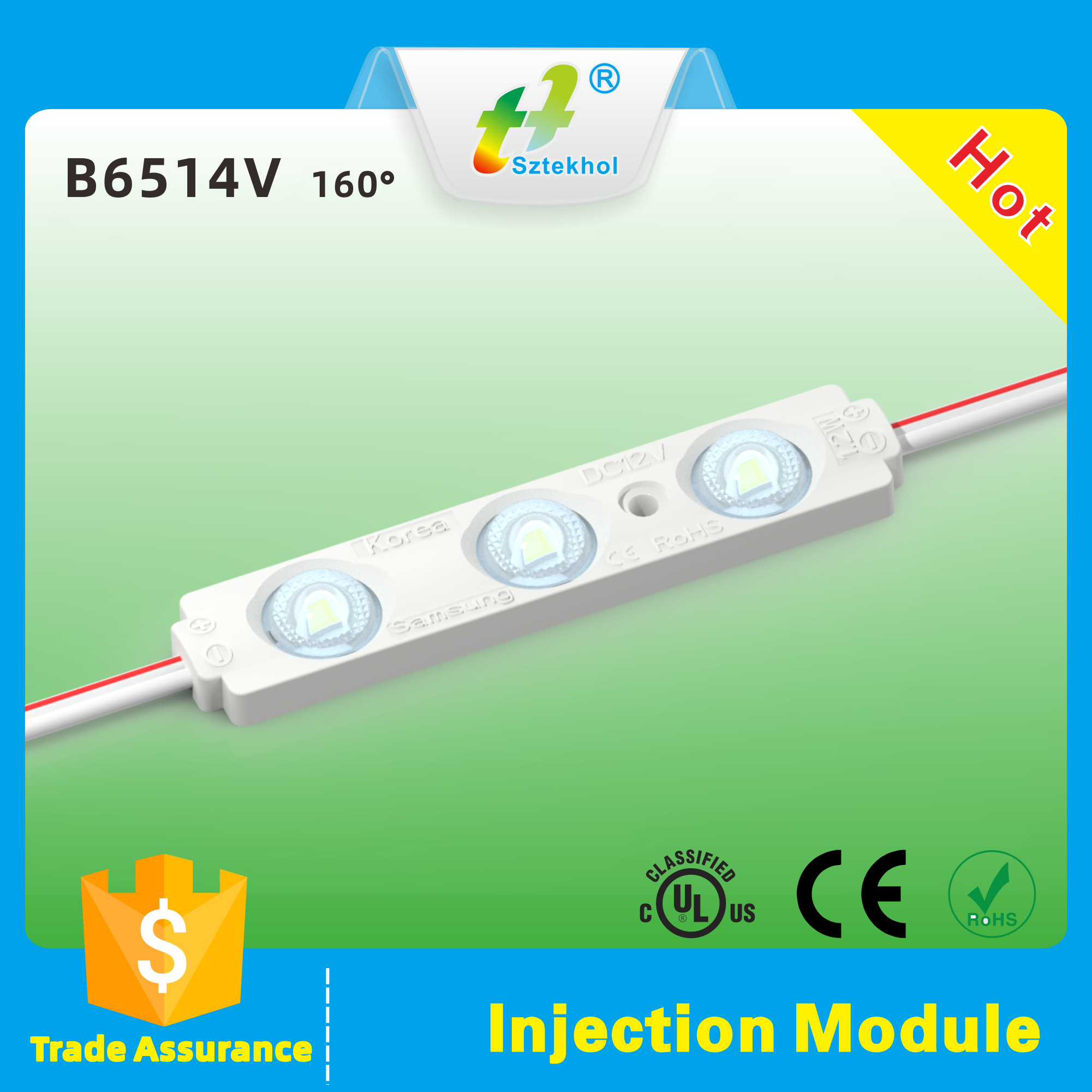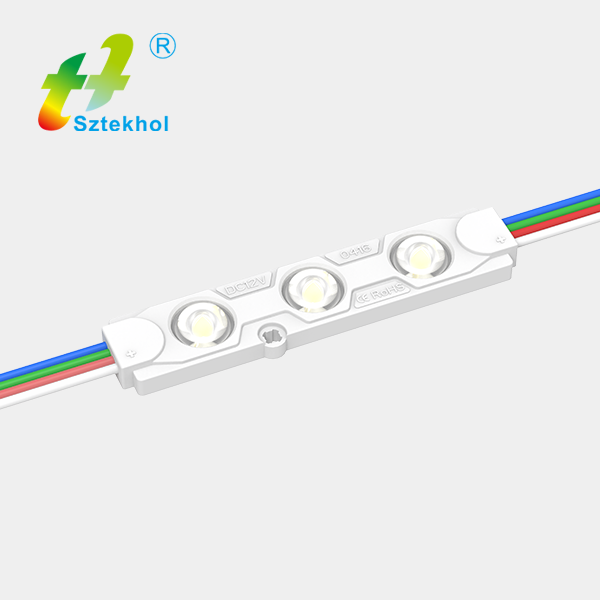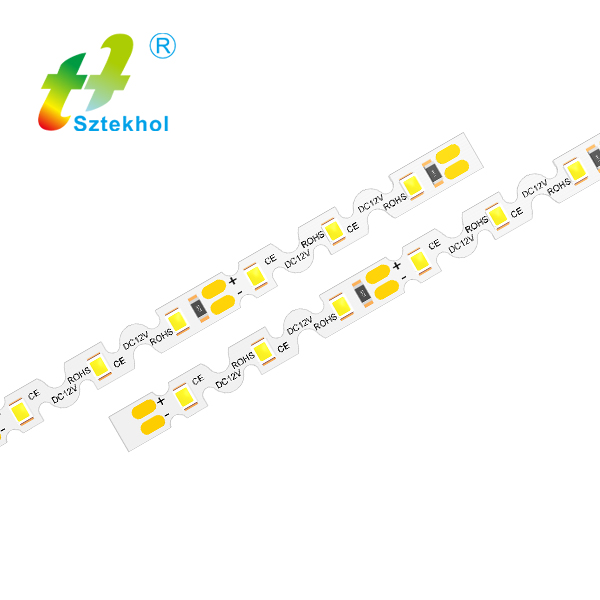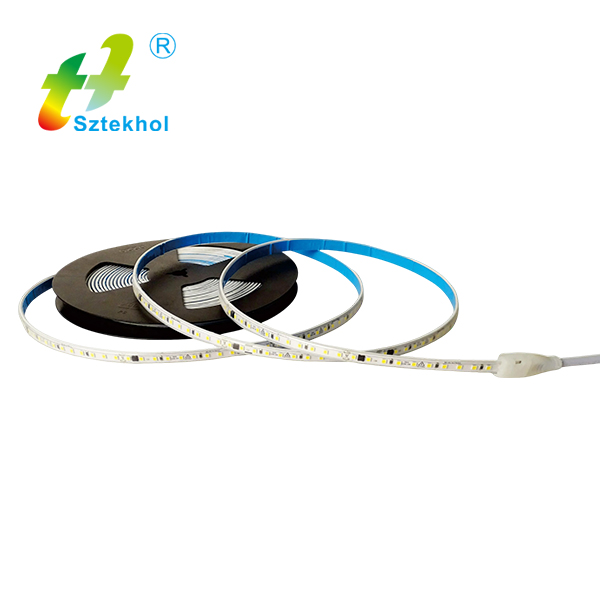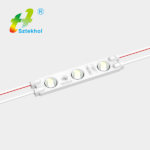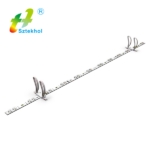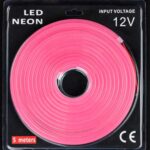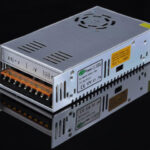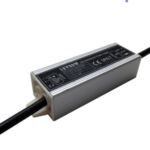When choosing an LED module, you need to consider multiple factors to ensure that the selected product can meet actual needs and has good performance. The following is a detailed article on how to choose an LED module:
1. Understand the basics of LED modules
LED modules are products made by arranging and packaging a certain number of light-emitting diodes (LEDs) in a regular manner, and then adding waterproofing and other processes. It is widely used in advertising fonts, logos, display screens and other fields, and can provide night lighting and dynamic visual effects.
2. Consider the type of LED module
There are many types of LED modules, which are mainly classified according to packaging methods, lamp bead types, driving methods, etc.
Packaging methods: Common packaging methods include direct plug-in, SMD, COB (Chip on Board), etc. Direct plug-in is suitable for small-pitch display, while SMD is more suitable for outdoor large-screen display. COB packaging has higher integration and better heat dissipation performance.
Lamp bead type: There are various types of LED lamp beads, such as RGB (red, green and blue primary colors) lamp beads, COB integrated lamp beads, etc. RGB lamp beads can achieve colorful changes, while COB integrated lamp beads have higher light efficiency and better color rendering.
Driving mode: The driving modes of module LEDs include constant current driving and constant voltage driving. Constant current driving can ensure the stability of LED current, thereby maintaining consistent brightness; constant voltage driving is suitable for occasions with small voltage fluctuations.
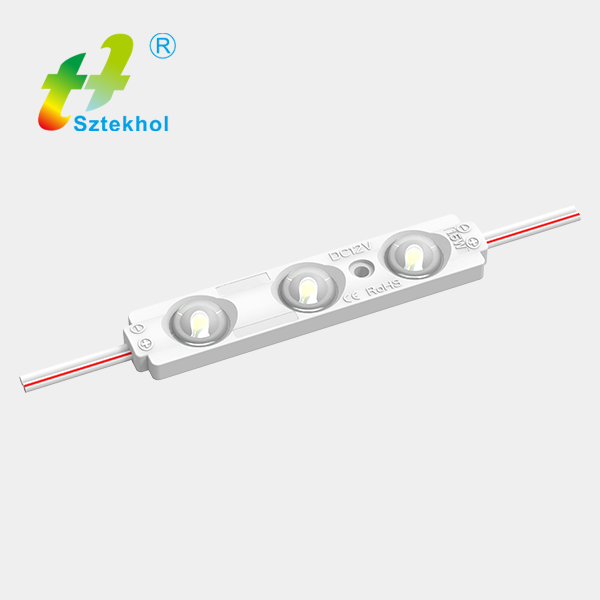
3. Choose according to the application scenario
Indoor or outdoor: LED modules used outdoors need to have a higher waterproof level (such as IP65 or higher) and dustproof performance to cope with severe weather conditions.
Brightness requirements: Select the appropriate LED module according to the brightness requirements of the application scenario. Generally speaking, outdoor billboards and road lighting require high-brightness LED modules.
Display effect: If you need to display high-definition text and images, you should choose a small-pitch LED module. This type of module has a higher pixel density and better display effect.
4. Pay attention to the performance parameters of the LED module
Color: Select a single-color, seven-color or full-color single-point controlled LED module as needed.
Voltage: Make sure that the voltage of the selected LED module matches the power supply to avoid damage caused by excessive or low voltage.
Working temperature: Understand the working temperature range of the LED module to ensure that it will not exceed its limit value during use.
Lighting angle: Choose a suitable lighting angle according to the lighting requirements of the application scenario.
Brightness: Luminous intensity and lumen are important indicators for measuring the brightness of the LED module.
Waterproof level: LED modules used outdoors should have a high waterproof level.
Size and power: Choose the appropriate size and power according to the installation space and energy consumption requirements.
5. Consider quality and price
Quality: Choose well-known brands and LED module manufacturers with a good reputation to ensure product quality and after-sales service.
Price: Under the premise of meeting performance requirements, comprehensively consider price factors and choose products with high cost performance.
6. Summary
When choosing an LED module, you need to comprehensively consider packaging methods, lamp bead types, driving methods, application scenarios, performance parameters, quality and price. By comprehensively evaluating your needs and budget, choose the most suitable LED module product to ensure that it can perform at its best in actual applications.

